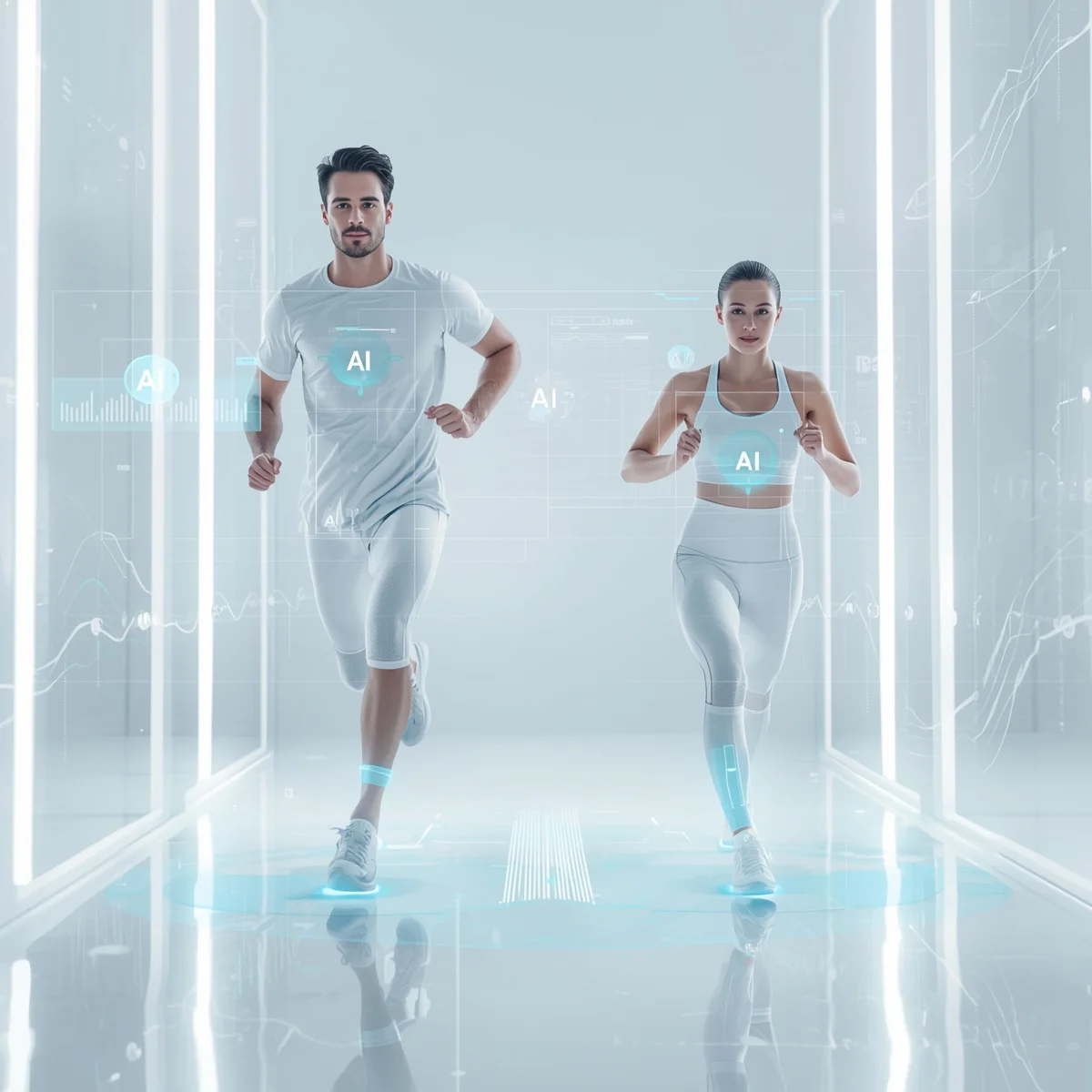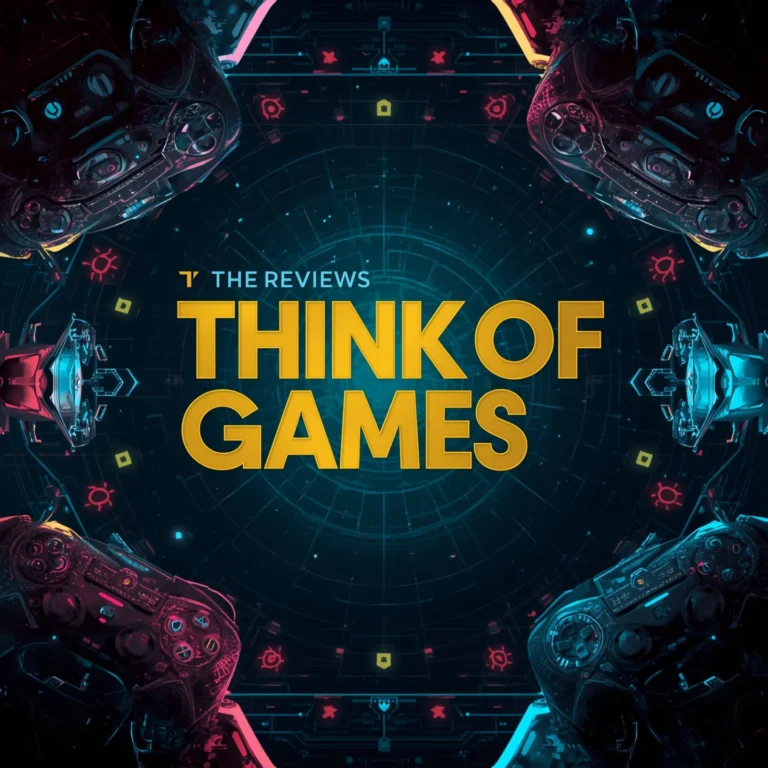Introduction to Sports Harmonicode
In the modern world of athletics, where every second and movement matters, technology is transforming the way athletes train, perform, and recover. One of the emerging innovations making waves in this field is Sports Harmonicode — a concept that bridges the gap between sports performance and advanced digital analytics.
Sports Harmonicode is not just a buzzword; it represents a sophisticated system that integrates biometric data, motion analysis, and harmonic algorithms to provide deeper insights into sports performance. This technology aims to optimize athletic efficiency, reduce injuries, and enhance training outcomes by decoding the “harmonics” of motion and energy in sports activities.
Understanding the Concept of Sports Harmonicode
The term “Harmonicode” combines “harmony” and “code.” In sports, it symbolizes a coded pattern or algorithm that maintains harmony in body mechanics, muscle movements, and energy output. The core idea behind Sports Harmonicode is to create a data-driven harmony between physical performance and technological precision.
By analyzing biomechanical data and performance metrics, Sports Harmonicode helps athletes and coaches identify inefficiencies, track progress, and refine strategies. This integration allows sports professionals to achieve optimal balance between power, precision, and endurance.
How Sports Harmonicode Works
Sports Harmonicode functions through a blend of AI algorithms, motion sensors, and data analytics platforms. These systems collect real-time data from athletes during training or competition. The data typically includes:
- Heart rate variability (HRV)
- Muscle activation patterns
- Joint angles and motion trajectories
- Energy expenditure and oxygen intake
Once collected, the data is processed using harmonic algorithms that identify patterns, correlations, and deviations from ideal performance metrics. This information is then visualized through dashboards or reports that athletes and trainers can interpret easily.
In simpler terms, Sports Harmonicode “translates” the language of movement into actionable data insights, helping athletes perform more efficiently and avoid overtraining or injury.
Applications of Sports Harmonicode in Modern Athletics
1. Performance Optimization
One of the most significant benefits of Sports Harmonicode is its ability to fine-tune performance. By breaking down every aspect of motion, the system allows athletes to make micro-adjustments in technique, posture, and timing. For example, sprinters can identify the most efficient stride length, while swimmers can analyze stroke consistency and energy use.
2. Injury Prevention
Overuse and poor biomechanics are leading causes of sports injuries. Sports Harmonicode can detect small irregularities in motion before they develop into major issues. Coaches can use this data to modify training loads and improve movement patterns, drastically reducing injury risks.
3. Training Personalization
Every athlete is unique, with different strengths and weaknesses. Sports Harmonicode helps create personalized training programs by analyzing individual performance data. This ensures that training intensity and recovery are tailored to each athlete’s physiological responses, improving overall results.
4. Team Strategy and Coordination
In team sports such as football, basketball, or hockey, Sports Harmonicode can help analyze group dynamics. Coaches can study how players move collectively, identify weak links, and optimize formations or strategies for better on-field synergy.
The Role of AI and Machine Learning in Sports Harmonicode
Artificial Intelligence (AI) plays a central role in the functionality of Sports Harmonicode. Machine learning algorithms continuously learn from collected data, refining predictions and insights over time.
For instance:
- AI-powered motion tracking can detect performance trends.
- Predictive analytics can forecast potential fatigue or injury risks.
- Pattern recognition helps identify which training methods yield the best outcomes.
This adaptive learning capability ensures that Sports Harmonicode becomes more accurate and effective with continued use, creating a long-term advantage for athletes and coaches.
Sports Harmonicode in Different Sports
1. Football and Soccer
In football, the system tracks player movements, passing accuracy, and sprint patterns. Coaches can use this data to design tactical plays and identify performance gaps.
2. Tennis
For tennis players, Sports Harmonicode analyzes swing mechanics, footwork, and reaction speed. It helps fine-tune precision, reducing unforced errors and improving overall efficiency.
3. Running and Athletics
Runners benefit from stride analysis, heart rate synchronization, and breathing pattern monitoring. Sports Harmonicode ensures every stride contributes to optimal energy output.
4. Swimming
Swimmers can track stroke efficiency, lap timing, and energy use. The harmonic algorithms identify the best rhythm to maintain consistent performance across long distances.
5. Esports and Virtual Competitions
Interestingly, Sports Harmonicode isn’t limited to physical sports. In esports, it can measure reaction times, eye movement, and cognitive performance to enhance gaming skills.
Benefits of Sports Harmonicode for Athletes and Coaches
- Enhanced Data Accuracy: Provides highly detailed and reliable analytics.
- Real-Time Monitoring: Enables instant feedback during training sessions.
- Objective Decision-Making: Removes guesswork from coaching and replaces it with evidence-based insights.
- Improved Recovery Management: Tracks fatigue levels to optimize rest and recovery.
- Motivation Through Progress Tracking: Visual performance reports boost athlete morale.
These advantages collectively create a more scientific and efficient approach to sports management and athletic development.
Challenges and Limitations
Despite its potential, Sports Harmonicode also faces some challenges.
- Data Overload: Too much information can overwhelm athletes and coaches without proper interpretation tools.
- Cost Factor: Advanced technology and sensors may be expensive for small clubs or individual athletes.
- Privacy Concerns: Biometric data collection raises questions about data security and ownership.
- Technical Expertise: Implementing and analyzing harmonic data requires trained professionals.
However, as technology becomes more accessible, these challenges are gradually being addressed through simpler interfaces, affordable equipment, and improved data protection standards.
The Future of Sports Harmonicode
Looking ahead, Sports Harmonicode has immense potential to redefine athletic training and performance analysis. As wearable technology, AI, and data science evolve, the system will become even more integrated and precise.
Future developments may include:
- Smart clothing that automatically records and transmits harmonic data.
- Virtual training environments using augmented reality (AR) and VR combined with harmonic feedback.
- Global athlete databases that use anonymized harmonic codes for benchmarking and talent scouting.
Ultimately, Sports Harmonicode could become a universal standard in sports analytics — empowering athletes to achieve peak performance while minimizing risks.
Conclusion
Sports Harmonicode represents a powerful blend of technology and athleticism, offering a deeper understanding of human performance through harmonic analysis. By decoding the complex patterns behind every movement, it transforms traditional sports training into a science-driven discipline.
From injury prevention and training personalization to performance optimization and strategy development, Sports Harmonicode has the potential to revolutionize the way athletes and coaches approach their craft. As technology continues to advance, this innovative system will play a central role in shaping the future of sports — where data and human ability move in perfect harmony.





